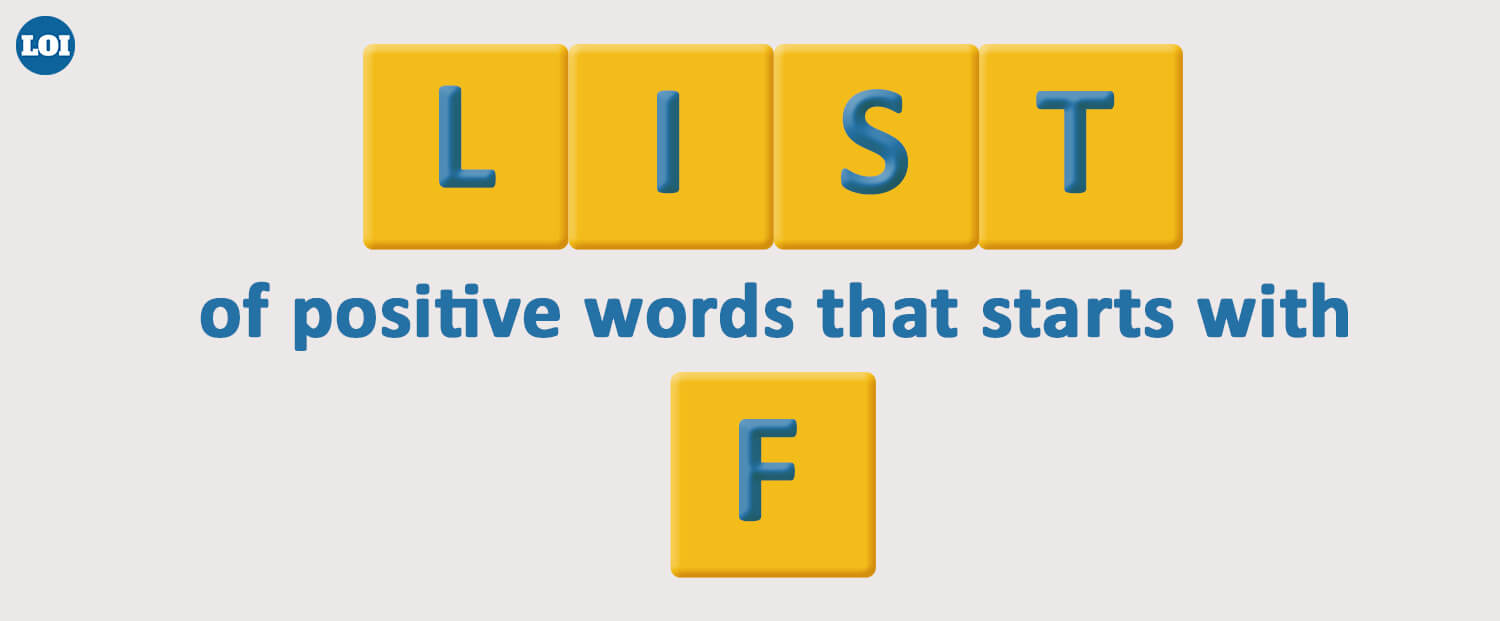In order to assist firms in adhering to legal, regulatory, and internal policy requirements, a compliance management system (CMS) is an organized framework that combines tools, procedures, and internal controls. It serves as a consolidated method for overseeing compliance initiatives across all divisions, ensuring that the company consistently complies with legal requirements and industry standards.
Risk assessments, compliance audits, policy management, staff training, reporting systems, and ongoing monitoring are all common components of an efficient CMS. When combined, these elements help identify, assess, and mitigate compliance risks before they become significant problems.
A CMS is crucial because it can stop non-compliance, which can result in serious fines, harm to one's reputation, and interruptions to business operations.
Importance and Benefits of a Compliance Management System (CMS)
Aspect | Description |
Regulatory Complexity | Help organizations manage diverse and evolving regulations across multiple regions and industries. |
Risk Reduction | Minimizes the chances of non-compliance, avoiding fines, lawsuits, and reputational damage. |
Automation and Efficiency | Automates compliance checks and monitoring to detect and resolve issues in real time. |
Global Standardization | Ensure consistent compliance efforts across all branches and business units worldwide. |
Adaptability | Quickly adapts to changing regulations and emerging technologies |
Consumer Trust | Builds confidence among customers who value data privacy and ethical practices |
Corporate Accountability | Encourages a strong compliance culture and ethical business operations |
The Three Main Components of Compliance Management
Although a successful CMS might include many different components, these three are typically its main focus:
The board of directors
The board of directors prioritizes establishing a top-down compliance culture. They may not want to prioritize compliance due to their numerous other obligations, but they are ultimately in charge of creating and managing a compliance management program.
Following the creation of an efficient CMS, they should inform top management and all other business stakeholders, including contractors and outside service providers, about the policies.
Organizations can only demonstrate that they take compliance efforts seriously and develop consistent procedures that enable all employees to adhere to federal consumer protection laws and regulations with board monitoring.
Officer of Compliance
To oversee the compliance function and guarantee efficient management oversight, senior management may also wish to designate a chief compliance officer or manager. In order to keep the Board informed about compliance issues and enable them to make tactical and strategic changes to the compliance management program as needed, these leaders typically report directly and regularly.
Compliance Program
The core of a compliance management system is the compliance program. It acts as the focal point for developing and putting into practice all compliance controls and countermeasures. Senior management typically enforces organized policies, procedures, and practices, such as internal controls and compliance procedures.
Risk assessments, personnel training, reporting systems, remedial measures, compliance audits, and compliance monitoring are all possible components of a well-designed compliance program.
The compliance program should be used by staff members as their official compliance manual. In this manner, everyone follows the same set of guidelines and fulfills their compliance obligations consistently and correctly. Because of this, it's also crucial to have an organized compliance training program so that staff members are aware of their responsibilities and can adhere to current corporate policies and compliance guidelines.
Reaction to Customer Complaints
Early detection of possible compliance concerns is frequently made possible by consumer complaints. In addition to boosting consumer confidence, promptly resolving issues aids businesses in fixing issues before they result in fines. An efficient response procedure can increase compliance credibility since regulators assess how businesses address complaints.
Compliance Audit
Internal or external compliance audits evaluate an organization's adherence to internal policies and regulations in an unbiased manner. They encourage openness, guarantee continuous compliance, and highlight hazards. While external audits offer impartial monitoring, internal audits are carried out by internal teams.
Frequent audits increase accountability, enhance rigor, and provide regulators with documentation. By adhering to standards and keeping well-organized records, organizations can facilitate the audit process. Continuous monitoring and risk assessments support compliance in between audits.
Increases in efficiency and scalability
Your company can avoid the inefficiencies associated with managing compliance audits using manual tools and reactive, ad hoc procedures by incorporating compliance considerations into everyday operations and utilizing compliance automation software.
Scalability is one of the main advantages of developing a CMS. Compliance teams can more readily comply with the standards of many regulators with a consistent set of controls and streamline their paperwork when they use a CMS that includes control crosswalks, which are mappings of common criteria between several compliance frameworks.
Many firms are now finding respite from long-standing compliance management inefficiencies by combining their risk and compliance management efforts and selecting software that enables them to centralize their risk management and compliance processes.
Frequently Asked Questions (FAQs)
1. What is the purpose of a compliance management system?
Compliance Management Systems assist firms in identifying and reducing potential risks, reducing legal penalties, reputational harm, and operational disruptions. By proactively addressing compliance risks, firms can avoid costly consequences and safeguard their interests.
2. What is a daily based example of a compliance management system?
A bank utilizing an Anti-Money Laundering (AML) program to comply with regulations is an example of compliance management. To identify and stop suspicious activity, the bank's CMS audits, trains employees, and keeps an eye on transactions. This preserves consumer confidence, lowers financial risk, and guarantees legal compliance.
3. What are the three types of compliance?
The three major compliance areas are Regulatory, industry, and data compliance, which are together considered crucial for businesses to operate efficiently and ethically.






